
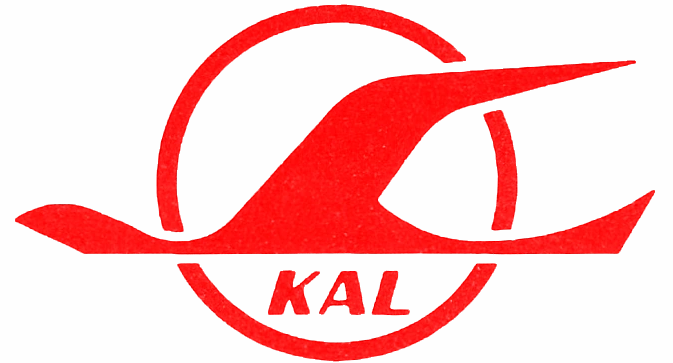
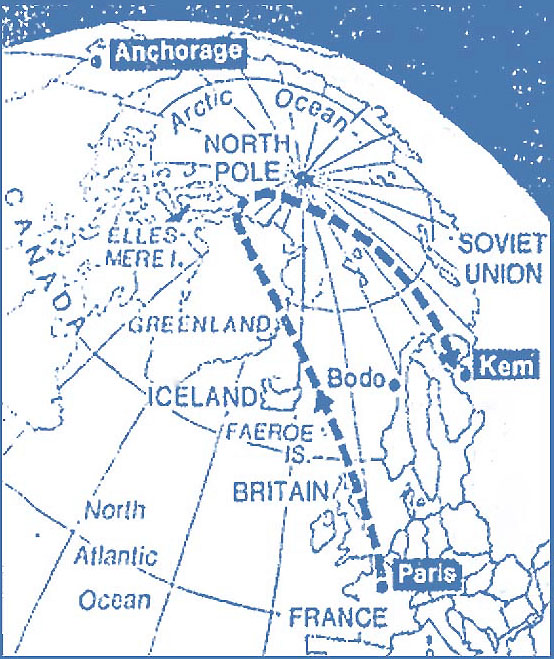
Captain Alexander Bosov, an interceptor pilot of the 365th IAP (Istrebitel’nyy Aviatsionnyy Polk, Fighter Aviation Regiment), Soviet Air Defense Forces, based at Afrikanda, Murmansk Oblast, Russia, had been sent to intercept the intruder. A second Su-15TM, piloted by Sergei Slobodchikov of the 265the IAP, was dispatched from Poduzmenie.
Bosov initially reported the airliner as the similar Boeing RC-135 military reconnaissance aircraft, but when he was closer, was able to recognize the markings of Korean Air Lines. He repeatedly informed his controllers that the airplane was a civilian airliner, describing its markings, but his superiors ordered him to shoot it down.
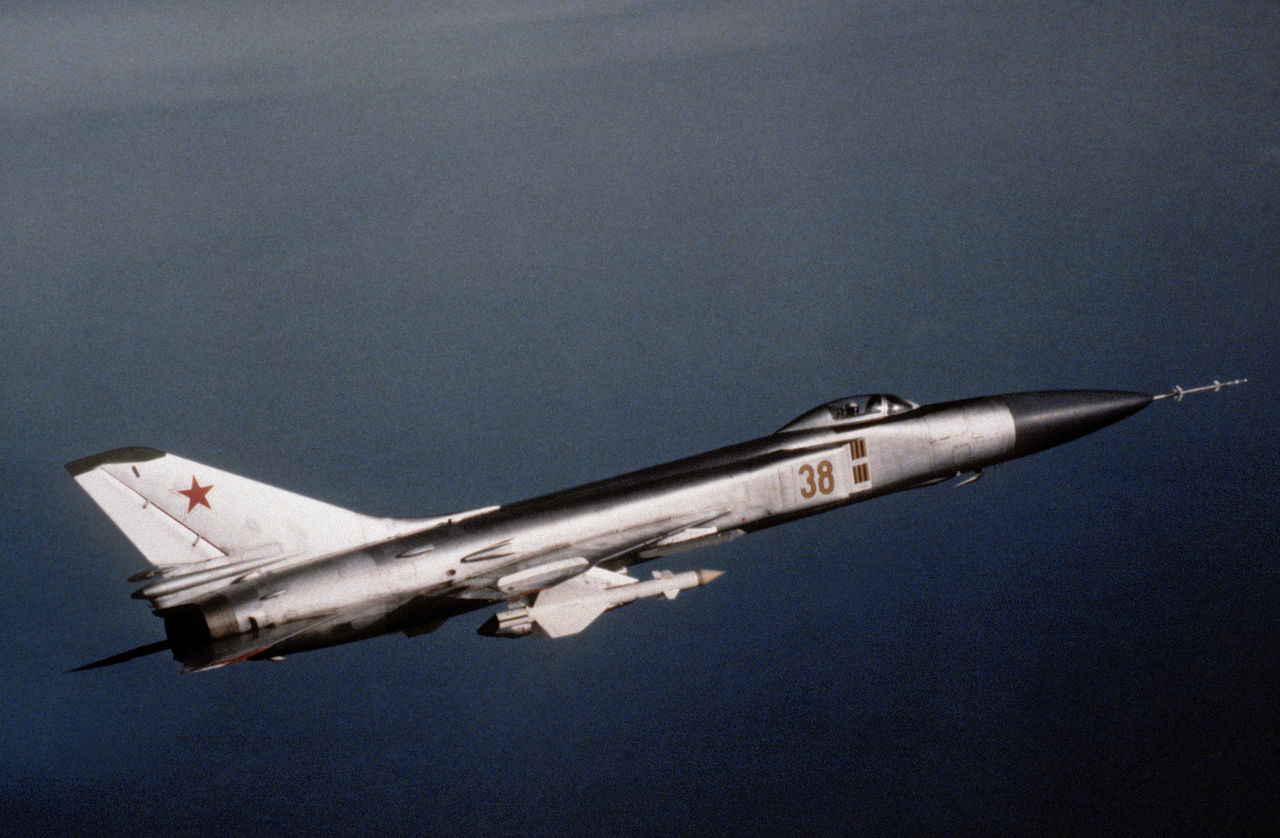
Captain Bosov fired two Vympel R-60 infrared-homing air-to-air missiles. One missed, but the second missile hit the 707’s left wing and detonated.
The airliner’s left wing, outboard of the Number 1 engine, was blown off. Shrapnel penetrated the passenger cabin, resulting in explosive decompression. Of the 109 persons on board, two were killed.
The descending wing section was picked up by Soviet air defense radar, with the return being interpreted as a cruise missile, and another interceptor was sent to attack it.
The flight crew, Captain Kim Chang Kyu Lee, First Officer Chyn Xing, and Navigator Lee Kun-shik, crash-landed the 707 on a frozen lake in the Karelian Autonomous Soviet Socialist Republic, near the USSR/Finland border.
After about two hours, Soviet soldiers arrived at the crash scene. The survivors were transported by helicopter to the town of Kem. On 22 April, they were flown to Murmansk, where a Pan American airliner took them out of the Soviet Union to Finland. Captain Kim and Navigator Lee remained under arrest in Leningrad for violating Soviet airspace. They were released 29 April 1978.
The cause of the navigational error has not been determined. Soviet authorities refused to cooperate in the investigation, and Cockpit Voice Recorder and Flight Data Recorder information has never been released publicly. Captain Kim later said that he believed that navigational equipment had malfunctioned. In public statements, the flight crew gave incomplete, inconsistent and contradictory information.
(Captain Kim had been a fighter pilot during the Korean War, flying the Mikoyan-Gurevich MiG-15 for the Korean People’s Air Force.)

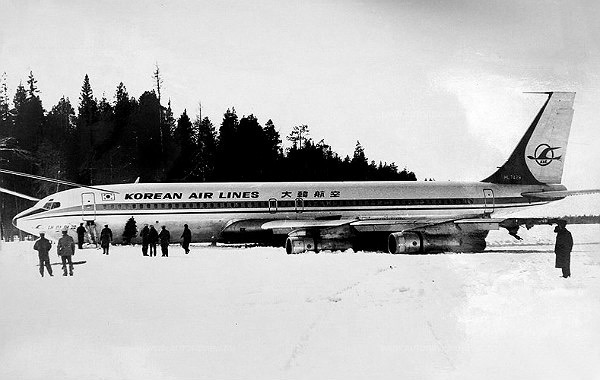
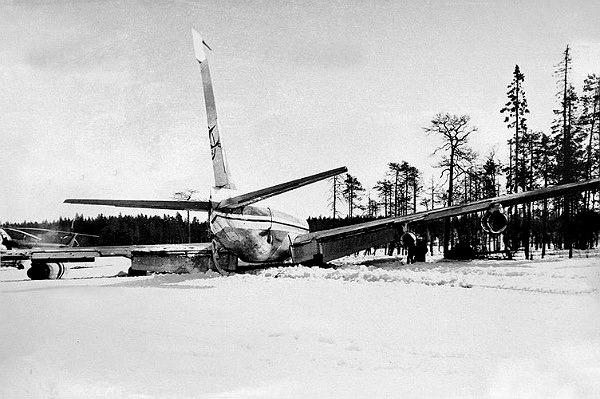

Soviet news articles commended Captain Bosov for his skill in firing the missiles so that the airliner would only be damaged, rather than destroyed.



The Boeing 707-321B was 152 feet, 11 inches (46.609 meters) long, with a wingspan of 145 feet, 9 inches (44.425 meters) and overall height 42 feet, 1 inches (12.827 meters) at its operating empty weight. The leading edges of the wings and tail surfaces are swept 35°. The fuselage has a maximum diameter of 12 feet, 8.0 inches (3.759 meters). The -321B has a typical empty weight of 142,780 pounds (64,764 kilograms), and a maximum takeoff weight (MTOW) of 327,000 pounds (148,325 kilograms). The usable fuel capacity is 23,855 gallons (90,301 liters).
All 707-series aircraft are powered by four jet engines installed in nacelles below and forward of the wings on pylons. The -321B was equipped with the Pratt & Whitney Turbofan JT3D-3B engines. The JT3D is an axial-flow bypass turbojet engine. It has a 2-stage fan section, 13-stage compressor section (6 low- and 7 high-pressure stages), and a 4-stage turbine (1 high- and 3 low-pressure stages). The JT3D-3B has a Maximum Continuous Power rating of 16,400 pounds of thrust (72.95 kilonewtons) at Sea Level, and 18,000 pounds (80.07 kilonewtons) at Sea Level for Take Off. Its maximum r.p.m. limits are, N1, 6,850 r.p.m., and N2, 10,250 r.p.m. The engine’s fan diameter is 4 feet, 5.1 inches (1.349 meters). It is 12 feet, 1.5 inches (3.696 meters) long and 4 feet, 5.0 inches (1.346 meters) in diameter. the -3B weighs 4,340 pounds (1,969 kilograms).
The Boeing 707-321B had a maximum operating speed (VMO) of 454 miles per hour (731 kilometers per hour) Indicated Air Speed (IAS) at 23,000 feet (7,010 meters). Above 23,000 feet, the VMO was 0.887 Mach.
Boeing built 1,010 Model 707 airplanes between 1957 and 1979.
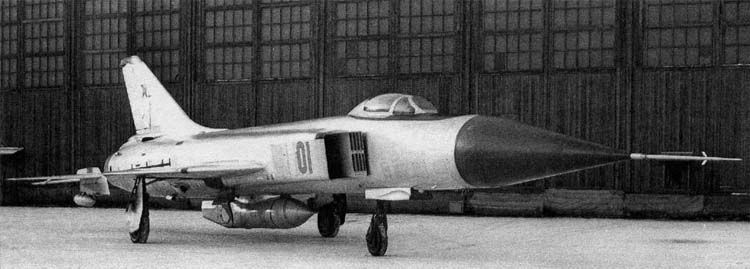
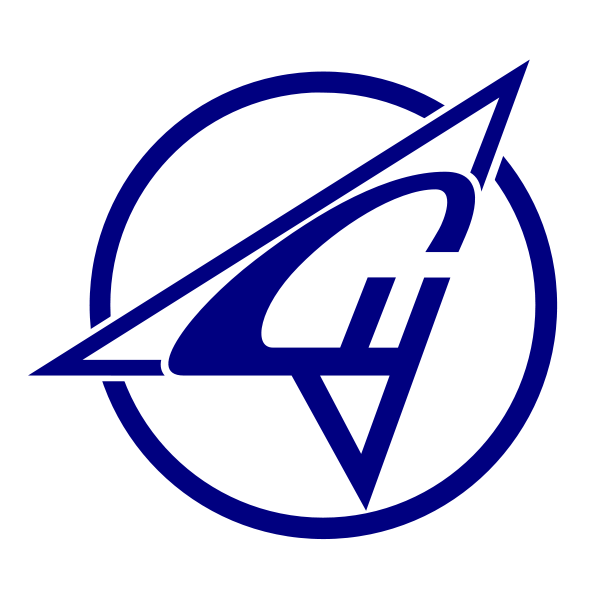
The Su-15TM was 22.03 meters (72 feet, 3.3 inches) long, with a wingspan of 9.34 meters (30 feet, 7.7 inches) and overall height of 4.843 meters (15 feet, 10.7). The compound delta wing is swept 55° at the 25% chord along the inner wing, decreasing to 45° for the outer wing. The wing area is 36.6 square meters (393.96 square feet). The interceptor has an empty weight of 10,874 kilograms (23,973 pounds) and a maximum takeoff weight (MTOW) of 17,900 kilograms (39,463 pounds).
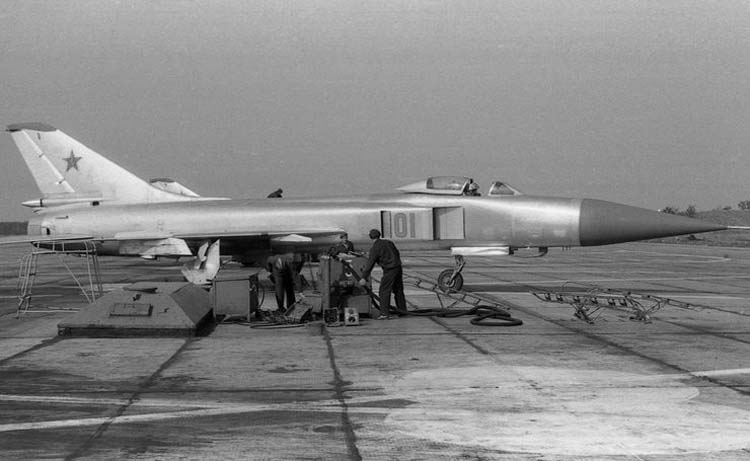
The Su-15TM was powered by two Tumansky R-13-300 engines. These are dual-spool axial-flow turbojets with afterburner. They use an 8-stage compressor section (3 low- and 5 high-pressure stages) and a 2-stage turbine (1 high- and 1 low-pressure stage). Each engine is rated at 40.2 kilonewtons (9,037 pounds of thrust), and 64.7 kilonewtons (14,545 pounds) with afterburner. The R-13-300 is 1.095 meters (3 feet, 7.1 inches) in diameter, 4.605 meters (15 feet, 1.3 inches) long, and weighs 1,205 kilograms (2,657 pounds).
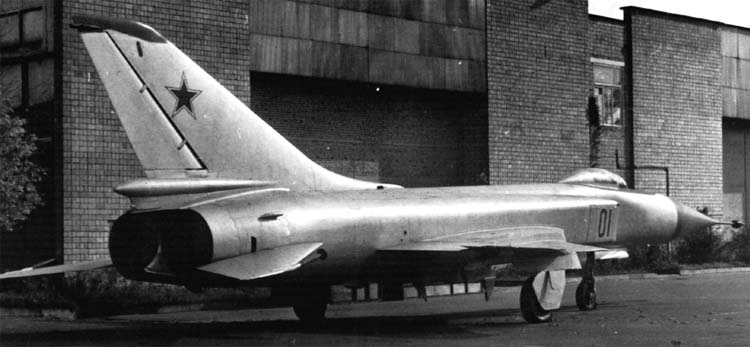
The Flagon-E had a maximum cruise speed of 1,700 kilometers per hour (1,056 miles per hour), and a maximum speed of 2,230 kilometers per hour (1,386 miles per hour) at 12,000 meters (39,370 feet)—Mach 2.10. Its service ceiling was 18,500 meters (60,696 feet), and it had a maximum range of 1,700 kilometers (1,056 miles).
The Su-15TM was normally operated with a ground-controlled intercept system. The aircraft was flown with the autopilot engaged and it was controlled from the ground through a data link. When it was within weapons range, the pilot would take over to fire the missiles.
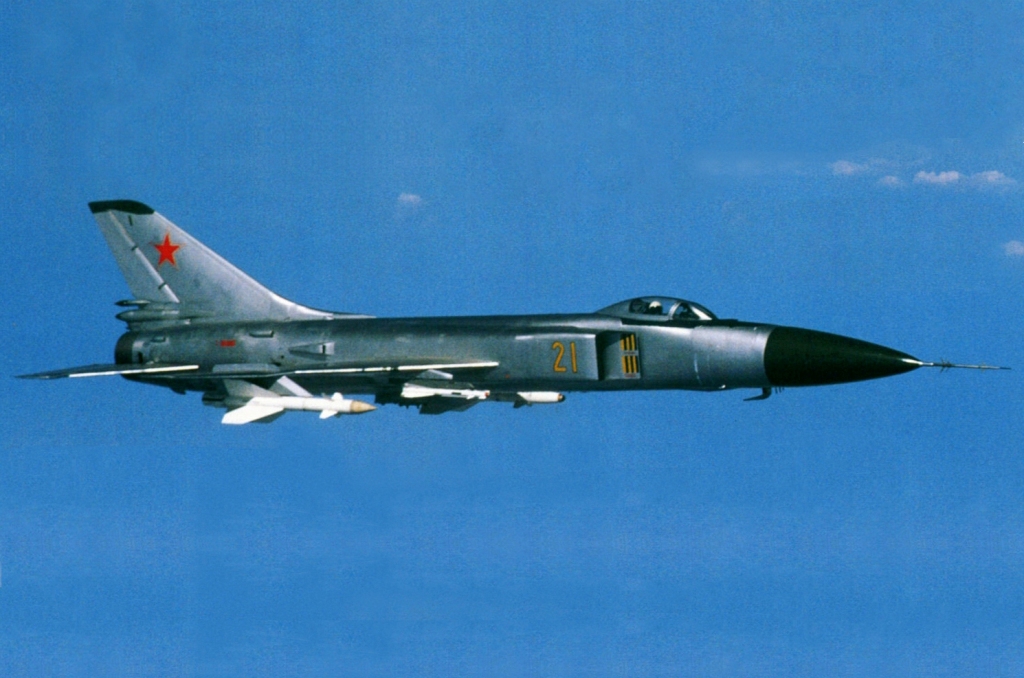
The primary weapon for the Su-15 was the Vympel R-60 (NATO AA-8 Aphid) short-range infrared-homing air-to-air missile, or the Kaliningrad R-98 (NATO AA-3 Anab), which was available in either infrared-homing or radar-homing variants.
The R-60 was a Mach 2.7 missile with a 3 kilogram (6.6 pound) warhead. It is 2.090 meters (6 feet, 10.3 inches) long, 0.120 meters (0 feet, 4.72 inches) in diameter and weighs 43.5 kilograms (95.9 pounds). Its maximum fin span is 0.390 meters (1 foot, 3,4 inches). It had a maximum range of 8 kilometers (5 miles). This was the missile used against Korean Air Lines Flight 902.
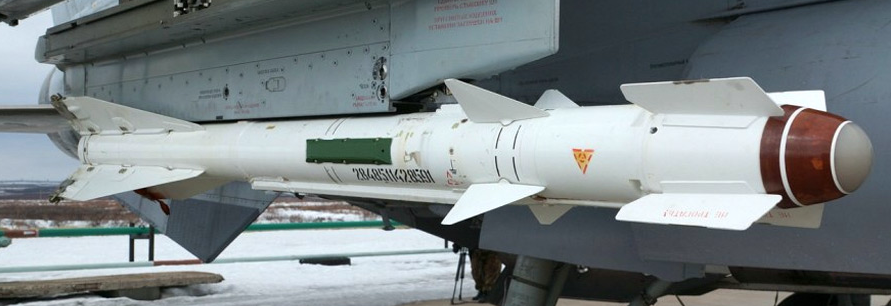
The R-98 was a Mach 2 missile carrying a 40 kilogram (88 pound) high explosive fragmentation warhead. Its maximum range was 23 kilometers (14 miles).
The Sukhoi Su-15 is the same type interceptor that shot down Korean Air Lines Flight 707. It is known as the “Boeing Killer” in recognition of its two victorious attacks on unsuspecting and unarmed commercial airliners.
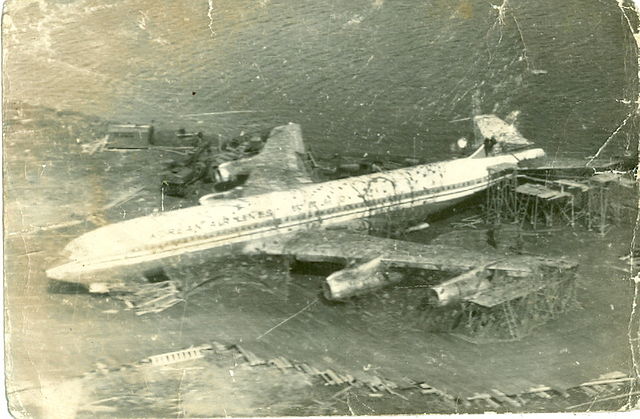
© 2018, Bryan R. Swopes
what did they do after they dismantled the 707? Was it returned to KAL?
I don’t know. I’ll research it.
As if that navigation “mistake” was not enough, five years later, another Korean Air Lines plane, Flight 007 (also known as KAL007 and KE007), did the same “mistake”. Typical American provocation using a middleman.
Gawd! A bot or a conspiracist? Or simply a cynic? Sad sad sad
You’re right!! If I am not mistaken it was a KAL. B747 & and it was shot down killing everyone onboard, including a family of 4 that my wife taught their young daughter Ballet dancing in Nairobi, Kenya.
“Soviet news articles commended Captain Bosov for his skill in firing the missiles so that the airliner would only be damaged, rather than destroyed.”
How does one fire a missile so that it would only damage an airliner and not destroy it?
This comment defies logic….kinda like a Navigational error–way off (left).
How about the Soviet pilot identified the aircraft as civilian and ordered to shoot it down anyway?
Navigation near the poles back then was tricky. Compasses are not reliable since all directions are south. However, any big turn like that should have been immediately suspect by the crew.
Funny how the pilot was a former North Korean Mig-15 jockey. He would have been trained by the Russians.The conflicting and incomplete statements made by the crew scream lies, untruths, BS. Something very fishy about the whole thing. Handy there was a frozen lake capable of taking a 707 near by…
This was totally wrong on all points. The aircraft was carrying civilian markings and as such should not be fired upon. If anything they should be either escorted out of restricted airspace or forced to comply with grounding your aircraft or risk shoot down.
They were civilians and would have complied with either order, escorted out or safely landing.
Inspection by Russian authorities would have verified that they were civilians, not a threat and sent on their way.
It’s actually not prudent to send a 707 to spy on the Russians by violating their airspace in that manner. If they were a fake civilian aircraft and go down in Russia, they would be charged with espionage and subjected to death penalty or repatriation in a spy swap. That’s why KAL007 was shot down. They also never responded to radio call or acknowledged tracer rounds being fired passed their aircraft. ( according to Russia)
I can’t see how the crew of KAL007 didn’t acknowledge such blatant provocation towards their aircraft. It’s alleged that they were sleeping and the aircraft on autopilot.
Not really. Navigation in the far north was done using Grid Navigation. Not hard to do as long as you confirm with a Moon, Star or Sun shot. The first clue would have been the Sun rising on the Captain’s left instead of his right. Oops, “Sum Ting Wong here”
I was a young adult at the time of this shoot down, but I do not remember it. Interestingly, when Korean Air 007 was shot down only 5 years later, there was no mention on the national news informing the public that was the second time in recent history that the Soviets had shot down a civilian airliner (at least not that I remember). Perhaps because the first one “safely” landed, it didn’t get much attention, although it certainly should have.
I appreciate this blog, Bryan, for bringing historical events like this to our attention. Thank you for your dedicated efforts and interesting posts! I read your blog every day.
Thank you, James.
The Su-15 had a cruise speed of 870mph? That sounds pretty bogus, as well.
Thank you for catching my error Clint. According to Butowski. P. (2001) “Sukhoi Su-15 ‘Flagon,’ International Air Power Review, Volume 1, the maximum cruise speed of the Sukhoi Su-15TM is actually 1,700 km/h (1,056.33 m.p.h.). I have corrected the article.
Bryan, an F-22 in supercruise doesn’t cruise at that speed, does it? 1,056mph is around Mach 1.5
Clint, I agree that the speed stated in the article seems pretty high, but I have to work with the “facts” that my research turns up. And I will keep looking. I appreciate your question.
I just discovered this site last night while looking up some information about KAL 902 since the anniversary of the forced landing was a couple of weeks ago.
I was a crew member on the USAF HC-130 that participated in the search for KAL. I happened to be stationed at Elmendorf AFB, AK at the time and worked in both the Alaska Air Command Emergency Operations Center (EOC) and the Rescue Coordination Center (RCC).
When the call came in from Air Force Rescue Coordination Center (AFRCC) to assist in the search at the request of Canada’s Trenton Rescue Center, I was going to be off duty shortly. I contacted a buddy who was the Loadmaster on the mission, and he indicated that they needed an additional spotter on the flight, so he put me on the manifest. I was seated on the port side of the HC-130 at the spotter position.
Once we were airborne, my seat actually turned to face the side of the aircraft and there was a padded shelf right below the window that I could place my arms or elbow on as I looked for debris, flares, etc. That was my position for the duration of the flight.
We flew from Elmendorf north over the mainland following the scheduled flight path of KAL, eventually flying over the ice cap of the Arctic Ocean. After about 3 1/2 hours, we were ordered to return to base. Upon landing, we were informed that it was suspected that the KAL flight had entered Soviet airspace by mistake, due to a possible compass malfunction.
Mission Info:
Mission number AAC/RCC 055 20 April 78
71st ARRS (Air Rescue and Recovery Squadron) launched at 20/2325Z
Flew 1 sortie of 6.9 flying hours
4800 square miles searched
Landed at 21/0620Z, mission closed